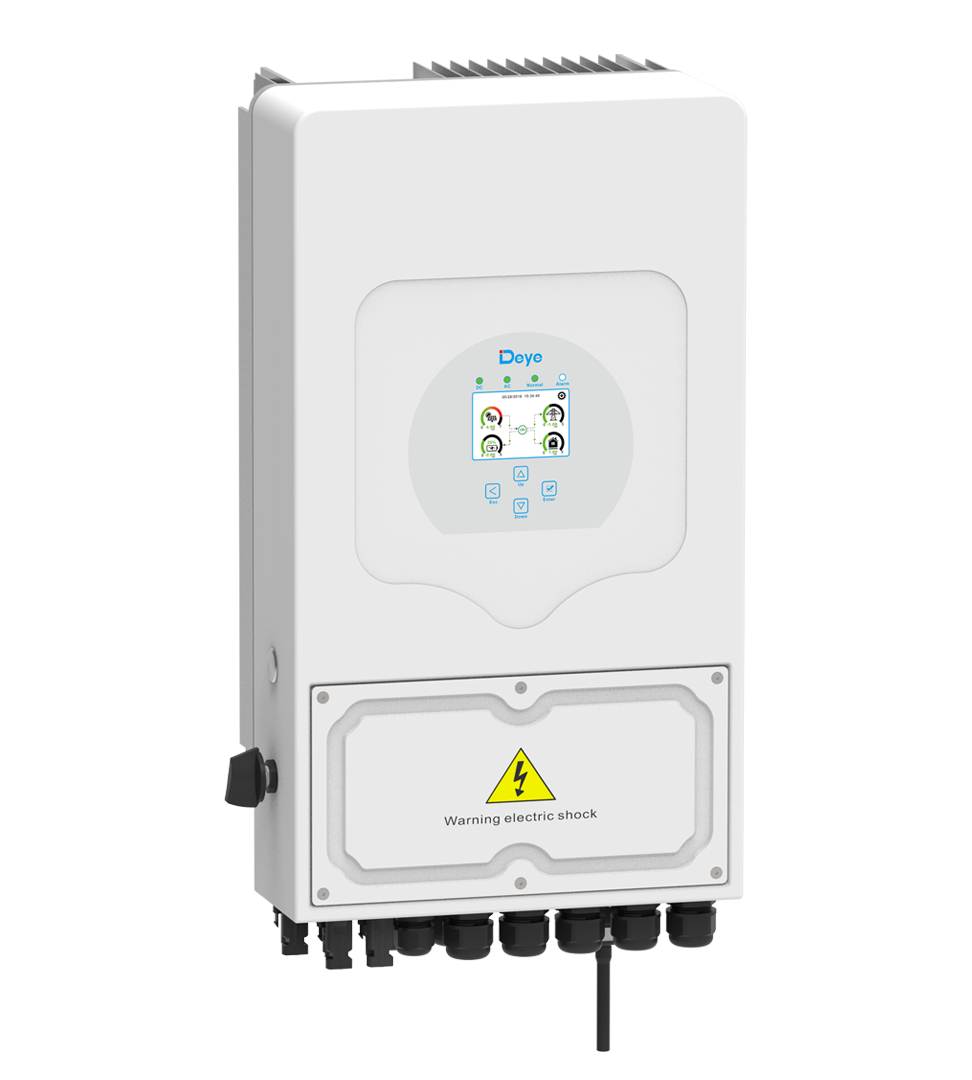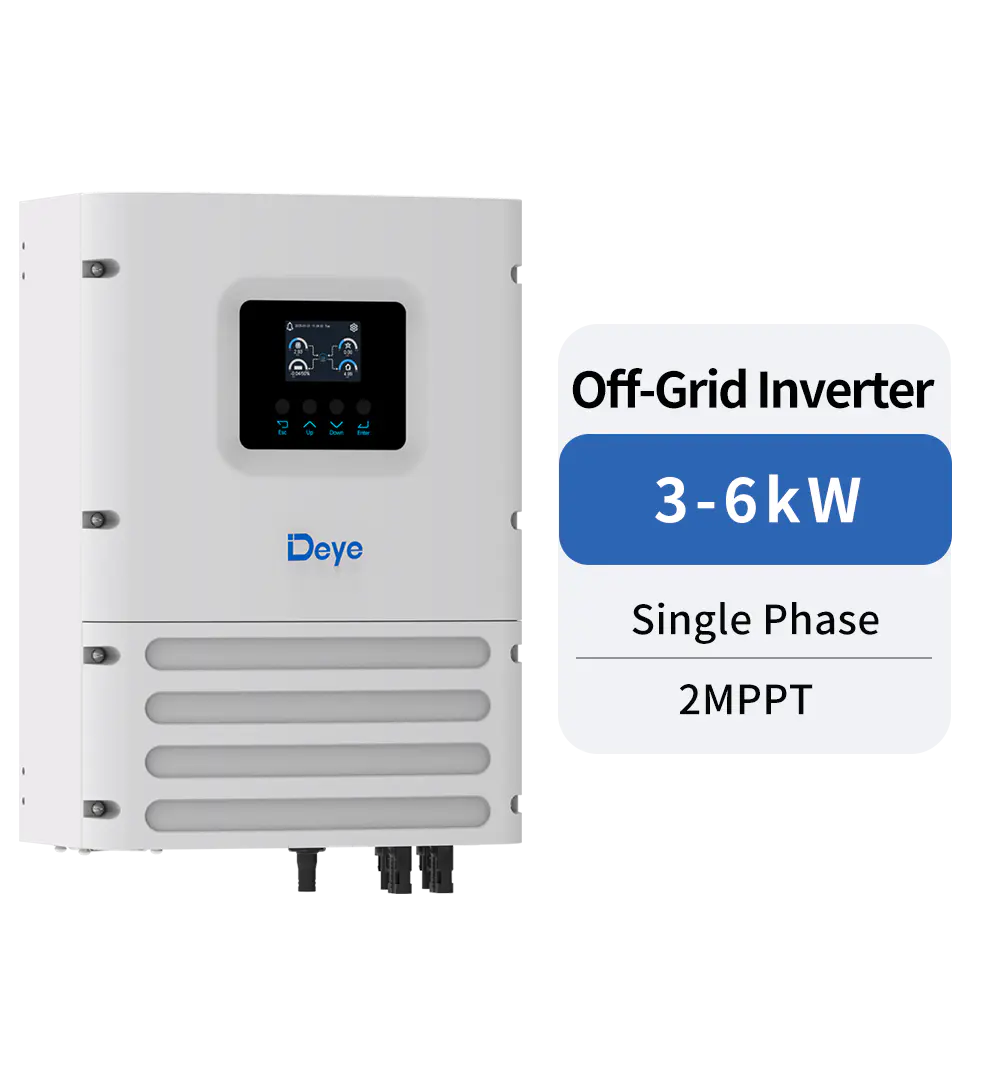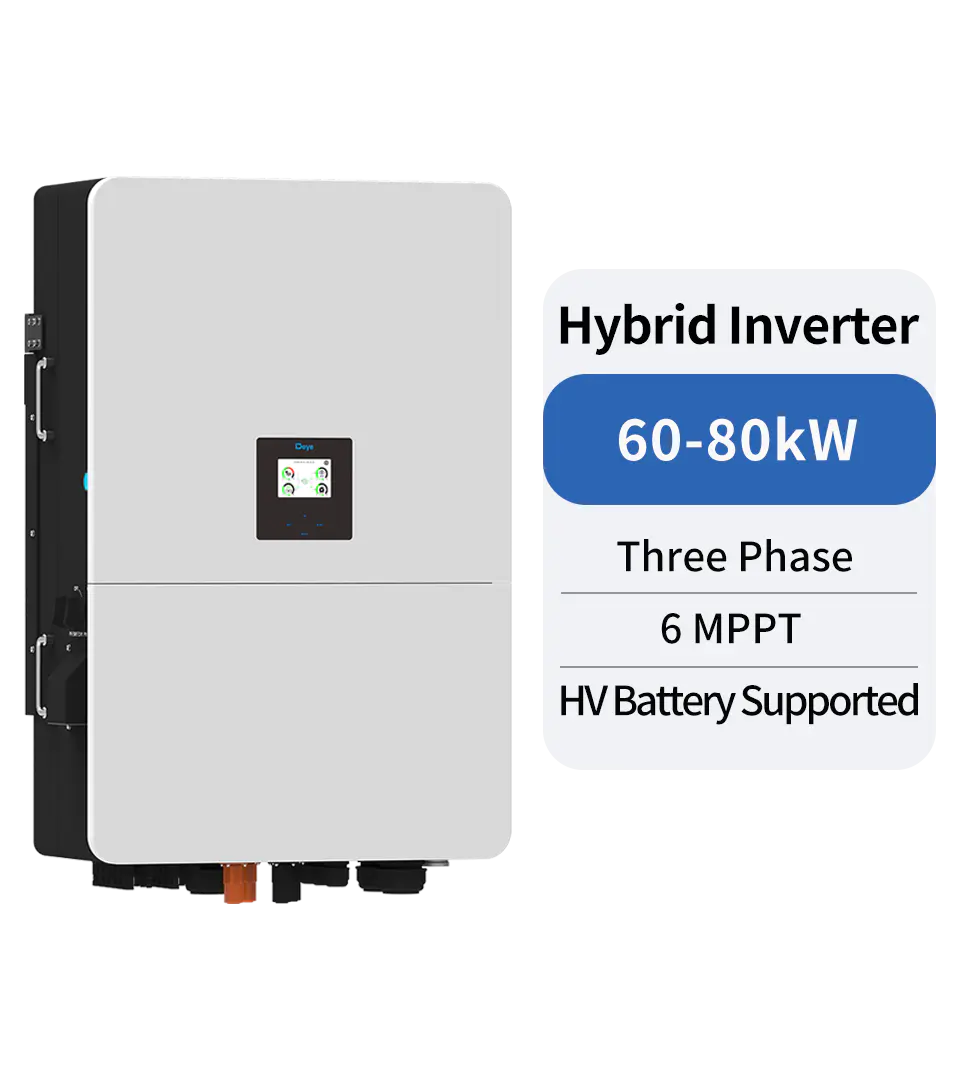Technical Topics
What can a Grid Interactive Inverter do
A Grid interactive inverter is a solar energy device that connects to the electric grid. The inverter converts DC energy to AC energy, which is the standard form of electricity used by US utilities and more home appliances. This system allows electricity to flow freely from the renewable energy source system to the utility system and vice versa. This feature makes these solar energy devices so beneficial to the environment, while also increasing your savings.
To operate, an interactive inverter must be connected to an arbitrary waveform generator, which simulates a utility. The utility will measure the response of the interactive inverter by varying the voltage and frequency.

Another feature of a grid interactive inverter is its ability to adjust load. It can even operate in an island mode. As a result, it is more lightweight and cheaper than a traditional transformer. Moreover, it eliminates the bulky transformer, which makes it ideal for rural, off-grid settings. However, the added weight and cost of a grid interactive inverter may not make it a suitable choice for every application.
While the cost of a Grid interactive inverter varies depending on the type of conversion it has, single stage AC voltage conversions will typically be the least expensive. When choosing a grid interactive inverter, take into account the size of your battery bank and whether or not you plan to use electricity from the grid. Generally, off-grid technology is better than grid interactive components that do not have this functionality. You may want to choose a grid interactive inverter based on these factors.
The benefits of using a grid interactive inverter are numerous. Not only will it reduce your electricity bills, but it will also help you make your solar power production more affordable. You can also use a grid interactive inverter in conjunction with conventional wind or solar power sources. This makes these systems an excellent choice for many residential and commercial buildings. The benefits of a grid interactive inverter are well worth the investment. A grid interactive inverter is a great investment for a greener home.
The proposed system is controlled with a fuzzy-PI controller. This controller determines KP and KI gains according to the operating point. Its robust structure and adaptive properties allow it to adapt to different operating conditions, including grid disturbances and natural effects. Experimentation and simulation studies confirm the effectiveness of the proposed method. The inverter's output current synchronizes with the grid voltage with a low overshoot time.
Inverters with ES can achieve flexible real/reactive power management. These inverters can also address problems related to nondeterministic RES output, slow dynamics, and fluctuating load. With a grid interactive inverter, you can use the power generated by solar energy systems to meet your electric bill. The ES feature is essential in this system and is becoming more popular as more DG units are penetrating utilities.
Utility-interactive PV systems should be UL-listed. Utility companies are increasingly concerned with safety when their customers have PV systems that are connected to the grid. These PV systems may pose a threat to linemen working to restore power to customers, so a utility must install inverters that meet its power-quality requirements. To comply with the NEC's requirements, utility companies should install islanding protection in grid-connected PV systems to prevent a blackout.
As a result, grid-interactive PV systems are a great way to go green and provide a reliable back-up power source during times of grid failure. The balance-of-system components, such as the inverter, convert solar-generated electricity to usable power. The inverter converts this DC power into AC power. The inverter also provides clean power to the grid if it is insufficient to meet the electricity needs of the building.
PREV:Micro Inverter - Why You Might Need One For Your Home
NEXT:What You Need to Know About Buying a Solar Inverter for Your PV System
Share
Product recommendations
news recommendations
-

-
 Green Industry, Bright Future: Deye Distributor Summit – Dubai 2025 Concludes Successfully
Green Industry, Bright Future: Deye Distributor Summit – Dubai 2025 Concludes SuccessfullyIn November 2025, Deye Group successfully hosted the “Green Industry, Bright Future—Deye 2025 Dubai ...
-
 Deye’s Malaysia Johor Manufacturing Base Officially Breaks Ground — A Key Step Forward in Its Globalization Strategy
Deye’s Malaysia Johor Manufacturing Base Officially Breaks Ground — A Key Step Forward in Its Globalization StrategyOn October 2, 2024, Deye Group (hereinafter referred to as “the Company”) held a groundbreaking cer...

 China - 简体中文
China - 简体中文 Global - English
Global - English Brazil - Português
Brazil - Português Netherlands - Dutch
Netherlands - Dutch Italy - Italiano
Italy - Italiano Germany - Deutsch
Germany - Deutsch Spain - Español
Spain - Español France - Français
France - Français Vietnam - Tiếng Việt
Vietnam - Tiếng Việt Poland - Polski
Poland - Polski Australia - English
Australia - English


